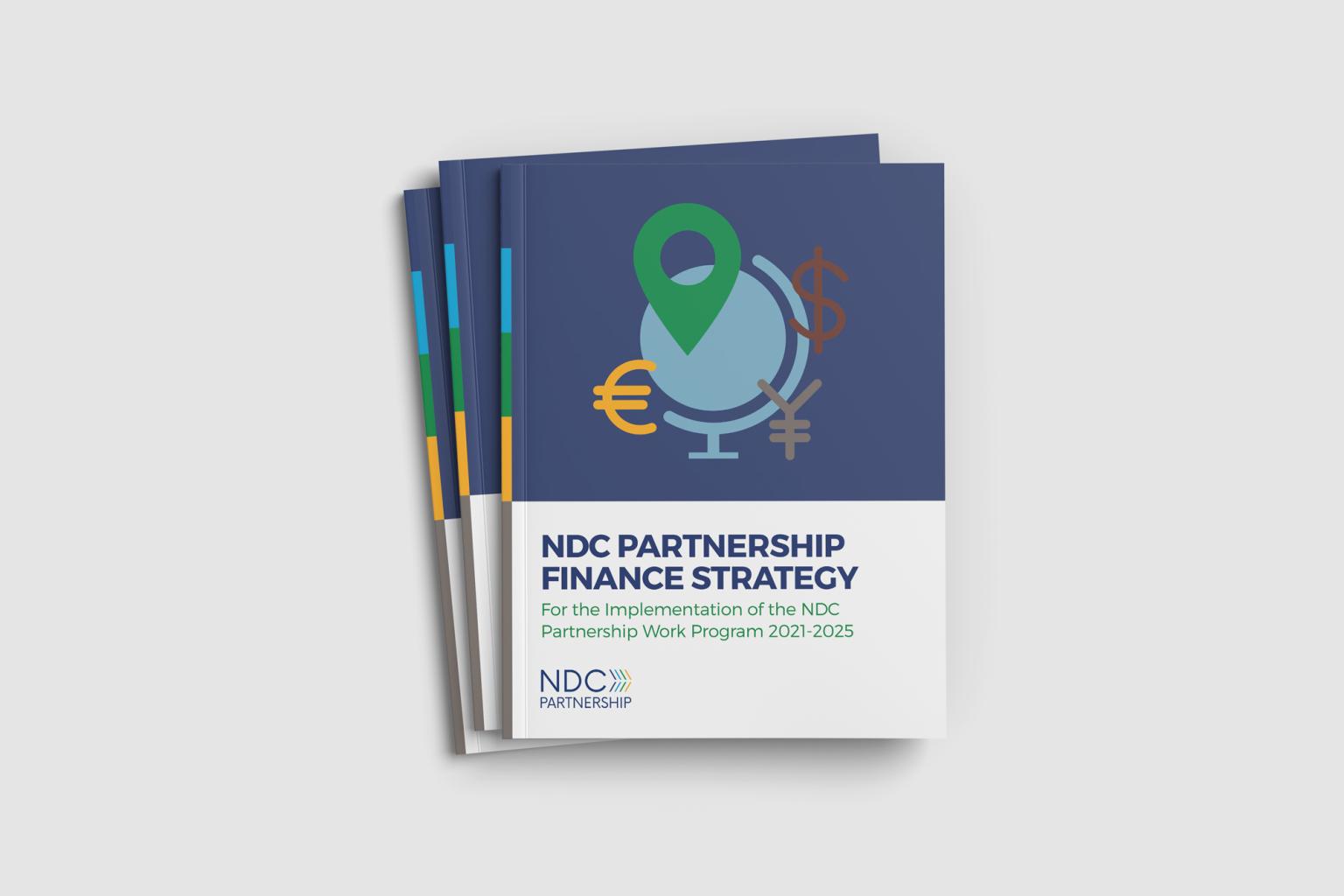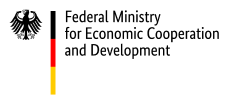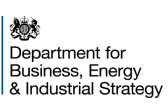INTRODUCTION:
Shaping Our Future: The Building Blocks For Climate Action
The ability to identify, prepare and implement transformative mitigation and adaptation projects or programs and mobilize unprecedented amounts of capital will be central to achieving the Paris Agreement. The scale of mobilization needed requires ground-breaking coordination to tap into resources globally, with speed and scale. The State of Climate Action 2022 report estimates climate finance needs of $5.2 trillion a year globally by 2030 (for perspective, the entire economy of Germany is roughly $4.2 trillion).
There is no silver bullet to mobilize finance at the massive scale needed. NDCs nevertheless present a unique opportunity for countries to establish investment priorities, drive enabling sectoral policies, and devise concise solutions to meet both adaptation and mitigation targets. NDC investment planning is anchored in a country’s unique NDC commitments and national circumstances. However, as reflected in experiences from across the NDC Partnership, countries can incorporate and leverage several foundational building blocks to effectively implement their climate commitments through the preparation of climate investment plans.

NDC Partnership Finance Strategy
NDCs are the cornerstone of global climate action, reflecting national commitments from developed and developing countries towards the achievement of the goals of the Paris Agreement to limit climate change and build resilience and adaptative capacity. Where effectively aligned with existing national and sectoral development strategies and other key documents for setting climate and development priorities, they constitute a powerful starting point for translating countries’ climate commitments into investment actions and create the basis and policy signals for transitioning to a low-carbon and climate resilient development pathway and achieving of NDCs and sustainable development goals (SDGs).
In 2022, the Partnership developed a comprehensive Finance Strategy, consisting of a menu of service offerings to overcome hurdles that often slow the flow of and access to finance for developing countries who seek to implement ambitious climate action.
Investment Needs Identification and Prioritization
(Identifying NDC investment needs, costing and financing gap analysis, prioritization)
Investment Mobilization
(barriers, policies, regulations and financial instruments, matching sources of financing, project preparation pipeline and project road mapping, resource mobilization vehicles)
Investment Planning Capacity
(institutional arrangements, multi-stakeholder engagement, mainstreaming, monitoring and reporting)
Translating NDC Commitments Into Action
The three building blocks of 1) capacity development, 2) needs identification and prioritization, and 3) investment mobilization are part of a dynamic process, not mutually exclusive.
Investment Planning Capacity (Cross-Cutting)
Leverage identified barriers to investment, policy actions, selected sources of financing & project pipeline to review & refine the institutional arrangement & monitoring & reporting tools & strategies.
Investment Mobilization
Use identified prioritized projects, investment needs & financing gap to mobilize investment.
Investment Needs Identification And Prioritization
Leverage clear roles & mandates as well as stakeholder engagement mapping to develop NDC investment plan & implementation structures.
This year’s Partnership in Action report showcases examples in each of the three building blocks, from building capacity for green recovery in Liberia and engaging the private sector and investment planning in Antigua & Barbuda, to developing a low emission development pathway in Georgia.
Mitigating the worst impacts of climate change requires both long-term vision and immediate, transformational shifts in policy and investment. This involves policy and investment shifts in favor of green energy sources and low-emission technologies, resilient infrastructure, biodiversity conservation, sustainable land and ocean management and low-carbon lifestyles aligned with systemic resilience. While NDCs set the short-term targets and priorities, Long-Term Low-Emissions Development Strategies (LT-LEDS) lay out the long-term vision to achieve net-zero emissions by mid- or near mid-century. The NDC Partnership aims to advance LT-LEDS and NDCs, while fostering alignment between the two instruments and developing capacities for their sustained implementation. As such, this report concludes with a special focus on LT-LEDS, which shows the interaction among and mutually reinforcing aspects of the building blocks across a geographically diverse set of country examples.
Investment planning is a critical component of the foundation upon which long-term climate and development planning can be scaled while being effectively implemented in the short-term. Together, countries can bend the curve toward impactful climate action.
Guidance on Investment Planning
Developing country members request support for finance related topics more than any other area of support, with 85% of developing country members requesting some type of finance-related support.
To help countries navigate through the investment planning process, particularly in designing strategic and programmatic approaches to resource mobilization, and to improve their ability to attract much needed finance, the Partnership developed an NDC Investment Planning Guide and Checklist.
In alignment with the Partnership’s guiding principles, the guide is flexible and adaptable to each country’s context and its national climate-development priorities.
The Investment Planning Process In Each Country Should Be:
Built on a strong foundation of identified climate priorities
Unique to each country context
Reflect different needs based on the stage countries are in
Dynamic and iterative, reflecting efforts to raise ambition over time
Countries requesting support for enacting and revising national investment strategies and plans almost tripled over the last three years.
Next Chapter

Letters from Co-chairs
This year’s Partnership in Action report showcases the meaningful steps countries are taking to mitigate and adapt to the adverse effects of climate change, and captures the catalytic role the Partnership plays in driving climate action.
Read more






